Benefits Of Virtual And Augmented Reality For Pre School Education
By Eric Brown
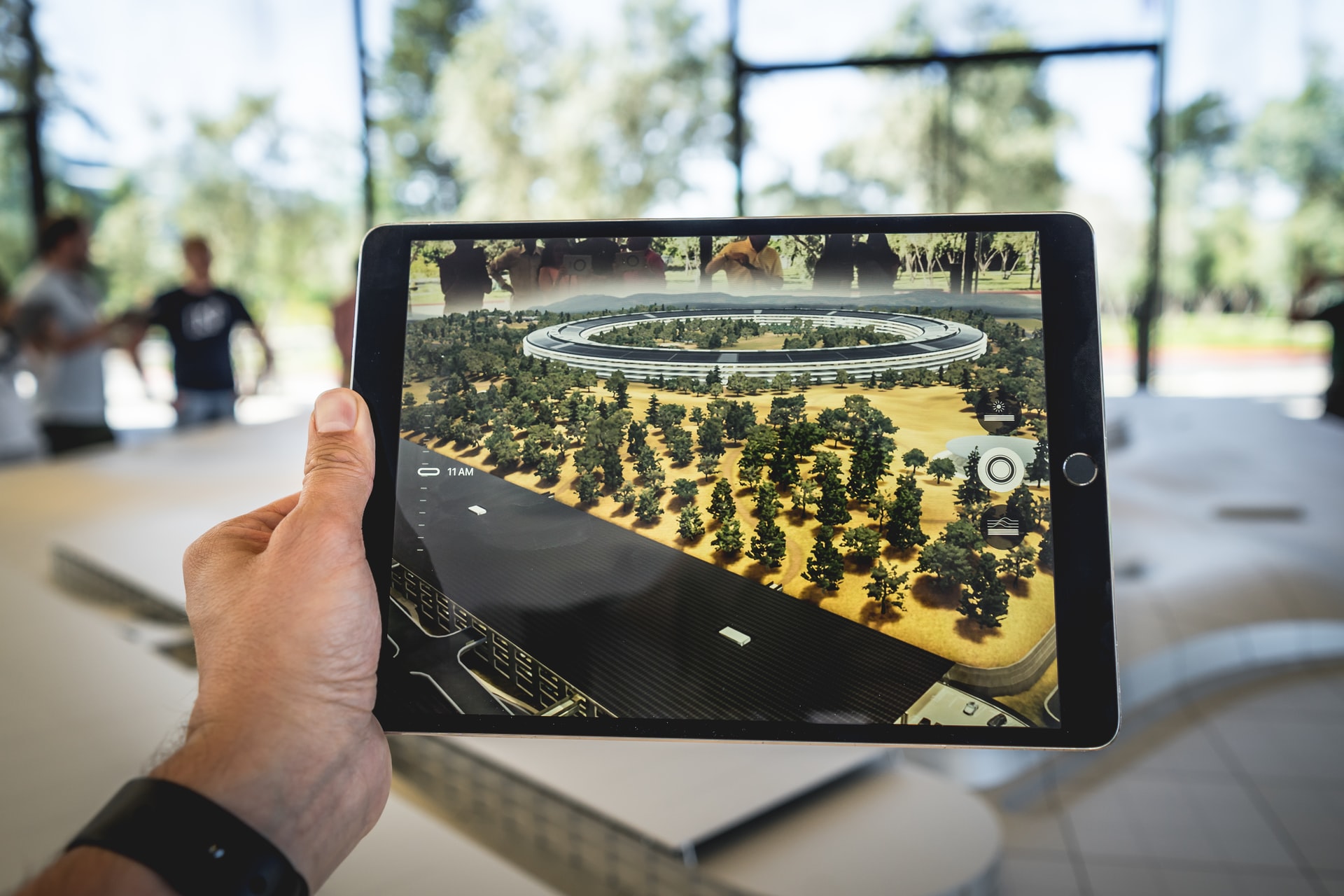
Photo by Patrick Schneider on Unsplash
The new technology has brought a lot of developments in the world. One of the developments is the use of virtual reality and augmented reality. Virtual reality is a computer-generated environment with scenes that makes users feel immersed in that surrounding. One of the perfect examples of Virtual reality is video games. Virtual video games have made CSGO betting for example, even more, popular and fun.
Physical learning is an effective way for young children to get knowledge. However, technology also plays a significant role in the development of young children. Virtual reality can alter behaviors, patterns, attitudes, and thoughts.
Virtual reality prepares children for a world that will be dominated by robots and AI. They will have the required experience to handle the technology that will come their way. Moreover, virtual reality also plays a role in enhancing the lives of children with special needs. It helps them gain the experience they need to know how to operate robots and other technology tools.
- 0 Comments
- Apr 21, 2021 10:00:00 AM
- Posted by Natalia Galvis
- Topics: Math, Math Book, EdTech, STEM, Curriculum, teachers, students, Technology, VR, Realidad Virtual, AR, Edchat, Gendergap, Digital Technology, Augmented Reality, teaching, online, Virtual Reality, virtual learning, lessons
Top Distance Learning Trends: Which Technologies are The Most Popular?
By Karl Murphy
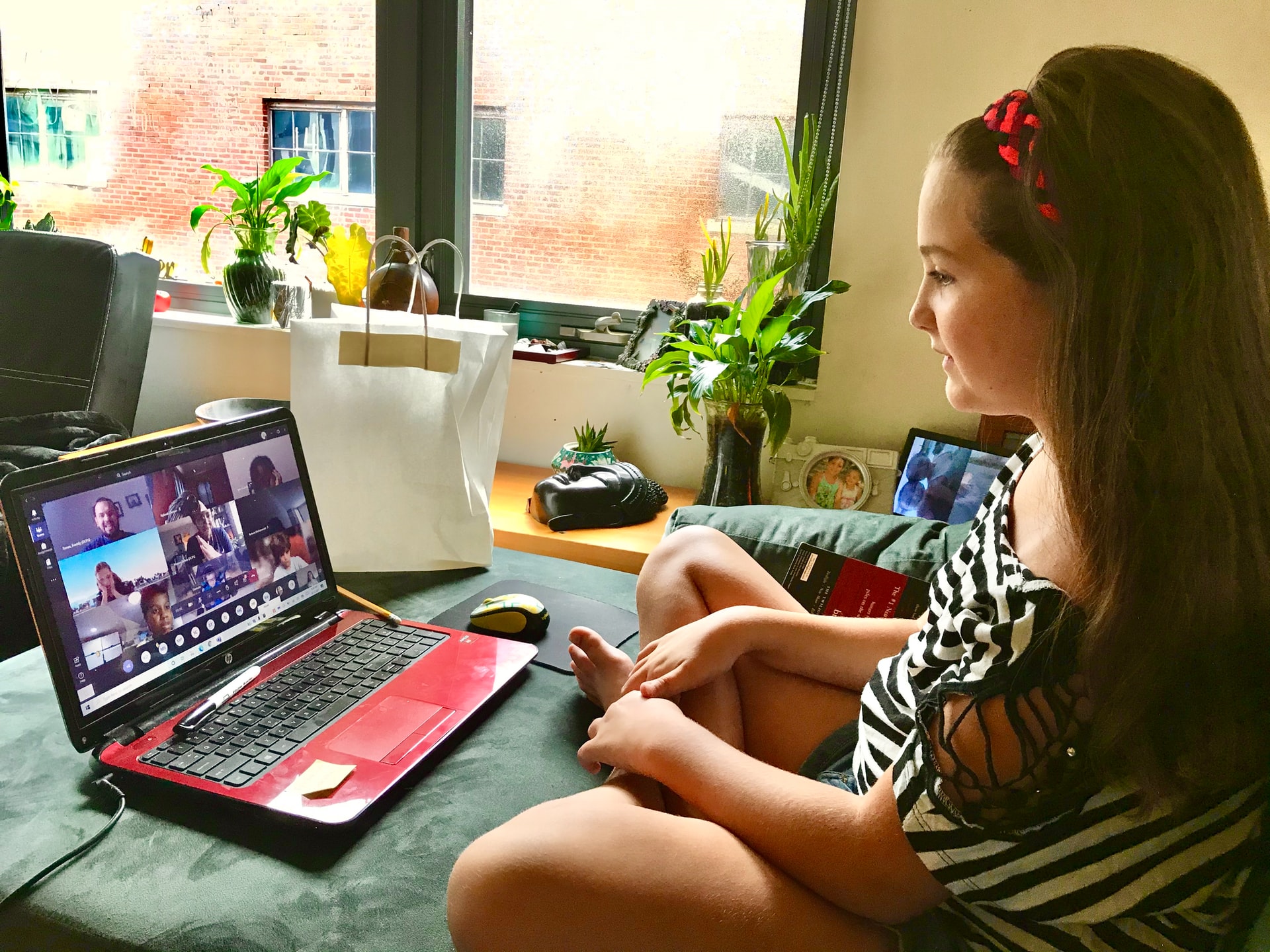 Photo by Maria Thalassinou on Unsplash
Photo by Maria Thalassinou on Unsplash
Online education is the no hao of the XXI century. Covid-19 has increased the popularity of online learning and teaching. How can teachers and educators overcome the changes using the modern learning trends?
- 0 Comments
- Apr 20, 2021 10:00:00 AM
- Posted by Natalia Galvis
- Topics: Math, Math Book, EdTech, STEM, Curriculum, teachers, students, Technology, VR, Realidad Virtual, AR, Edchat, Gendergap, Digital Technology, Augmented Reality, teaching, online, Virtual Reality, virtual learning, lessons
6 Ways to Encourage Learning Success in Virtual Classrooms
By Devin Partida
 Photo by Chris Montgomery on Unsplash
Photo by Chris Montgomery on Unsplash
Educators strive to make learning fun and interactive, but the pandemic made that more challenging. Instead of bonding with students in person and creating group activities, teachers have to think outside the box to keep young people interested in heavy material. Here are six ways to encourage learning success in virtual classrooms that focus on STEM subjects.
- 0 Comments
- Apr 19, 2021 10:00:00 AM
- Posted by Natalia Galvis
- Topics: Robotics, About the Robots, EdTech, STEM, Curriculum, teachers, students, Technology, Edchat, Digital Technology, teaching, online, virtual learning, lessons, eLearning, Automation
Building Critical Thinkers by Combining STEM With History
 Photo by Andrew Neel on Unsplash
Photo by Andrew Neel on Unsplash
By asking students to explore the history of scientific discoveries, we get them to view their world with more wonder—and more skepticism—and condition their minds to think about causes and effects.
- 0 Comments
- Apr 15, 2021 10:00:00 AM
- Posted by Natalia Galvis
- Topics: Robotics, STEM, teachers, Coding, Robots,, students, Edchat, teaching, online, distance learning, collaboration
How AI is revolutionizing education
By Hosni Zaouali, CEO & Chief Innovation Designer, Tech-AdaptiKa
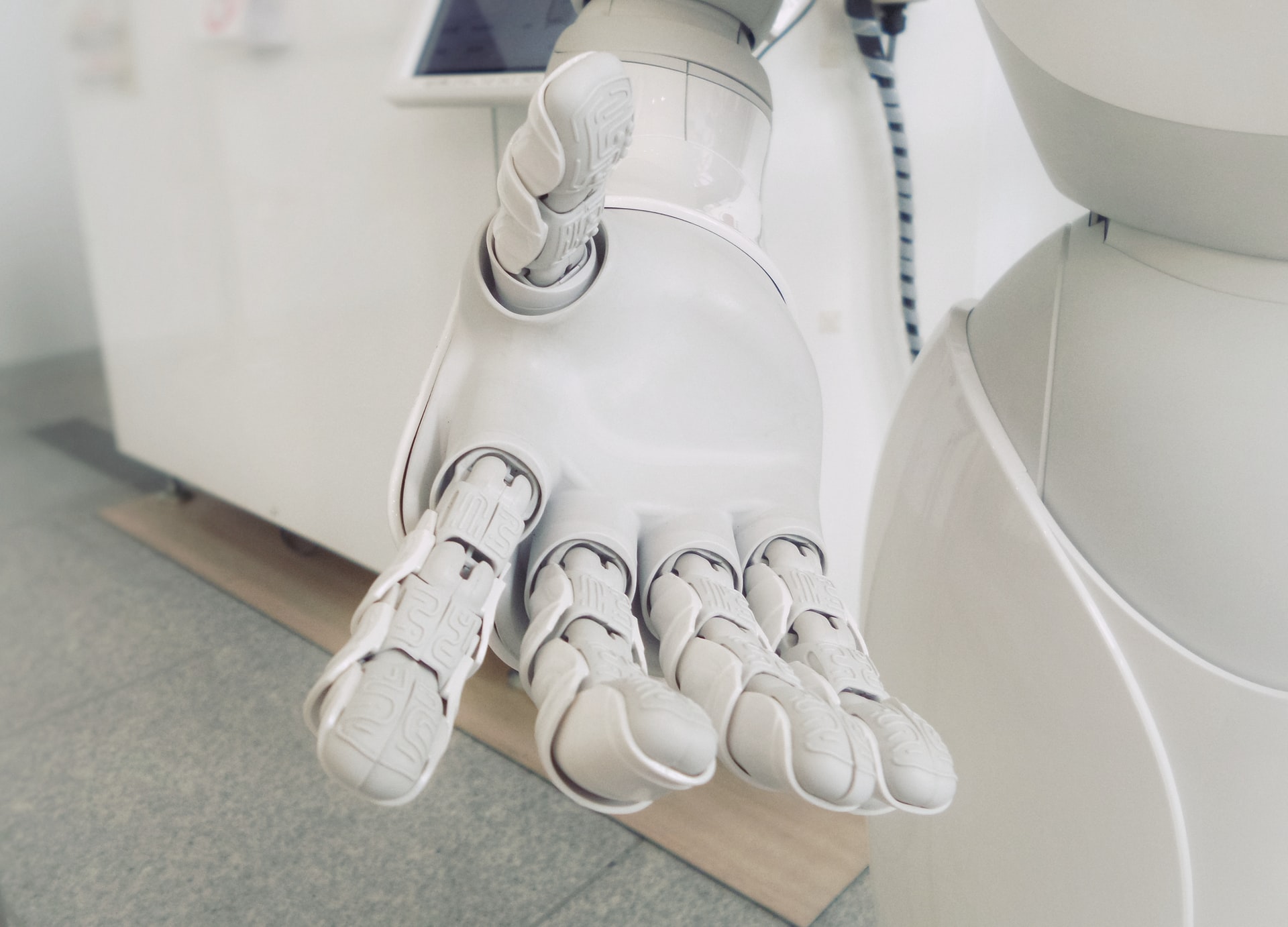 Photo by Possessed Photography on Unsplash
Photo by Possessed Photography on Unsplash
AI has incredible potential, but it will work best when the human element remains
- 0 Comments
- Apr 14, 2021 10:00:00 AM
- Posted by Natalia Galvis
- Topics: Robotics, STEM, teachers, Coding, Robots,, students, Edchat, teaching, online, distance learning, collaboration
How Robots Can Make Teachers' Job Easier
By Gregory Chapman
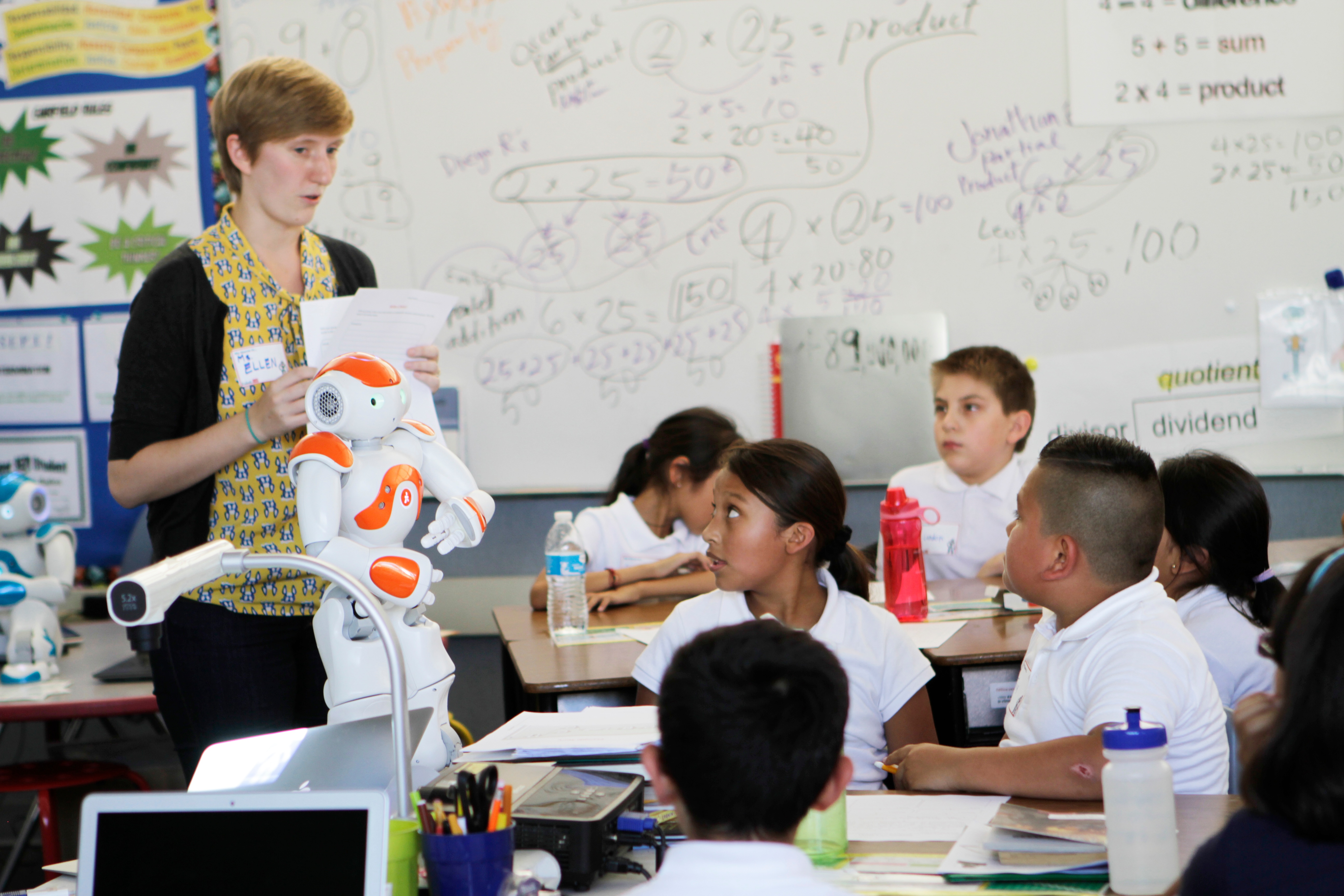
Finding robots in the modern workplace and around the household is common. It assists humans with different tasks. The continuous growth of robotics technology, adaptability, and adoption in the modern world, will make more jobs easier.
Artificial intelligence-powered robots are already used for manufacturing, internet search engines, military combat, and rescue missions. They are taking a lot of human jobs lost to the pandemic at an alarming rate and will take more.
One sector that has largely not felt the threat of robots replacing humans is education. But there is a growing use of robots in educating kindergarten and elementary students. The question is, "When should teachers start feeling threatened by robotics in education"?
This article will take a cursory look at the pros and cons of robotics in education. And also how robots can make teachers' jobs easier.
- 0 Comments
- Apr 12, 2021 10:00:00 AM
- Posted by Natalia Galvis
- Topics: Robotics, STEM, teachers, Coding, Robots,, students, Edchat, teaching, online, distance learning, collaboration
6 strategies for better K-12 cybersecurity
By Renee Tarun
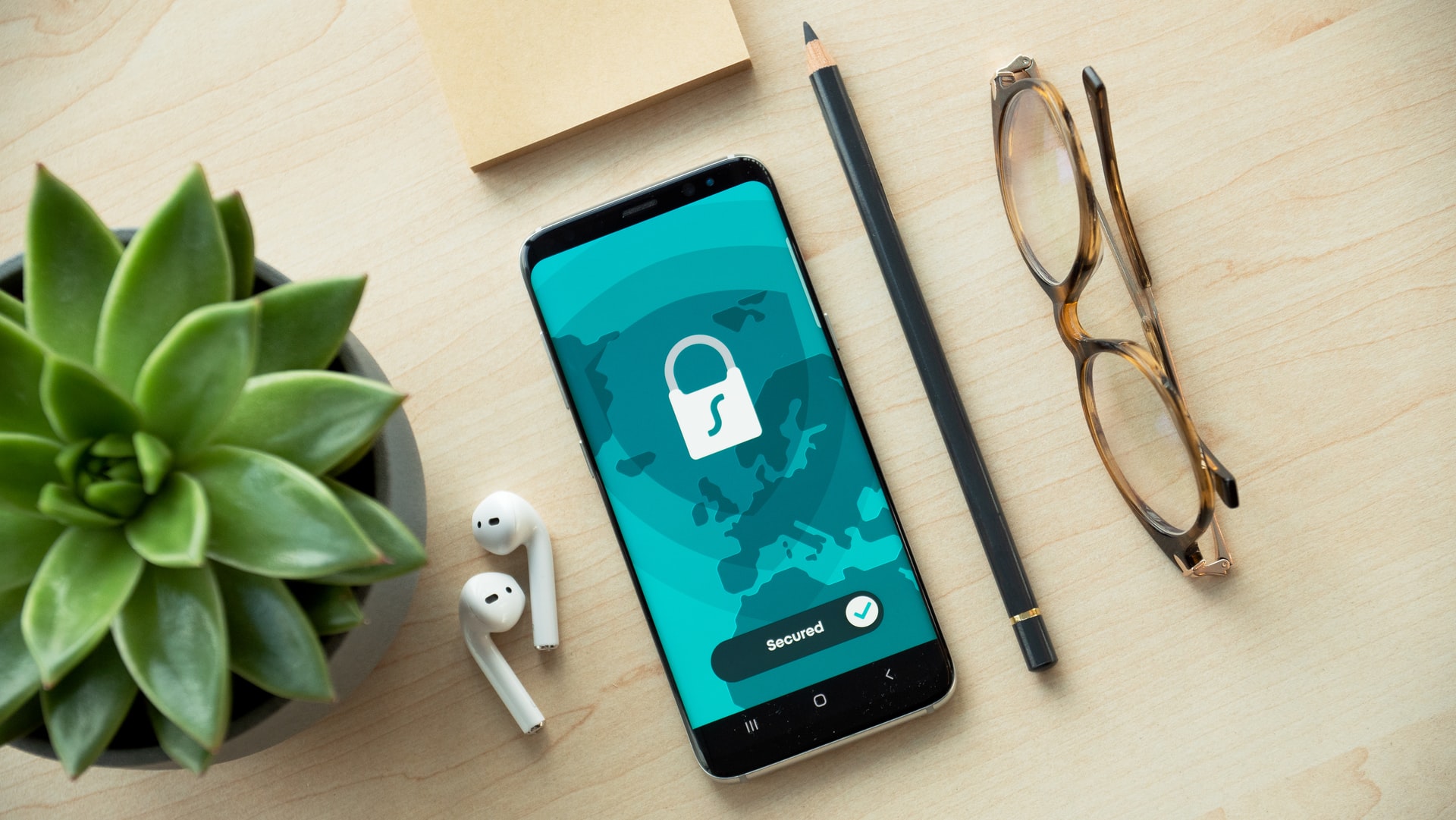 Photo by Dan Nelson on Unsplash
Photo by Dan Nelson on Unsplash
As COVID made remote and hybrid learning an everyday reality, it also exposed network vulnerabilities, making cybersecurity awareness more essential than ever
- 0 Comments
- Apr 9, 2021 10:00:00 AM
- Posted by Natalia Galvis
- Topics: Robotics, STEM, Coding, Robots,, students, summer, Edchat, online, distance learning
Will Online STEM Classes Continue in the Future
By Luke Smith
 Photo by Tirachard Kumtanom from Pexels
Photo by Tirachard Kumtanom from Pexels
In-person science, technology, engineering, and math (STEM) classes have been the standard approach for decades. It’s easy to understand why this is the case, as these subjects aren't just about the theoretical aspects. There are also practical elements that help to provide a rich and effective technical education. As well as reinforcing theory, these practical elements often boost students’ enthusiasm for the fields.
However, as with so many other aspects of our lives, the COVID-19 pandemic served to force schools to make changes. To maintain safe distances, educators, students, and parents have had to adapt to a new manner of learning. This found educators adopting online tools in ways they hadn’t previously considered. As a result, educators proved that STEM education can be effective to some extent in remote circumstances.
A new normal is on the horizon and remote or hybrid teaching may be features of the educational landscape for the foreseeable future. As such, it’s worth examining whether online STEM classes can be more than just an emergency measure, and be adopted as a permanent measure. How can this be made practical, what can students and teachers gain from it, and what are the challenges?
- 0 Comments
- Apr 8, 2021 10:00:00 AM
- Posted by Natalia Galvis
- Topics: Robotics, STEM, Coding, Robots,, students, summer, Edchat, online, distance learning
7 predictions about fall back-to-school with COVID
 Photo by Paul Siewert on Unsplash
Photo by Paul Siewert on Unsplash
Although promising signs indicate the COVID pandemic is becoming more manageable, it's reasonable to expect the back-to-school season to look different.
- 0 Comments
- Apr 7, 2021 10:00:00 AM
- Posted by Natalia Galvis
- Topics: Robotics, About the Robots, EdTech, STEM, Curriculum, teachers, students, Technology, VR, Realidad Virtual, Edchat, Digital Technology, teaching, online, Virtual Reality, lessons, eLearning, Automation, Expeditions 2.0
Two Ways to Bring Games Into Your Classroom
By Hubert Ham
 Photo by Fredrick Tendong on Unsplash
Photo by Fredrick Tendong on Unsplash
Gamification and game-based learning are different instructional strategies, but both can work wonders for student engagement.
- 0 Comments
- Apr 6, 2021 10:00:00 AM
- Posted by Natalia Galvis
- Topics: Robotics, About the Robots, EdTech, STEM, Curriculum, teachers, students, Technology, VR, Realidad Virtual, Edchat, Digital Technology, teaching, online, Virtual Reality, lessons, eLearning, Automation, Expeditions 2.0
Relevant Posts
Popular Posts
Subscribe to Email Updates
-
I Want To Learn MoreADDITIONAL INFORMATION


